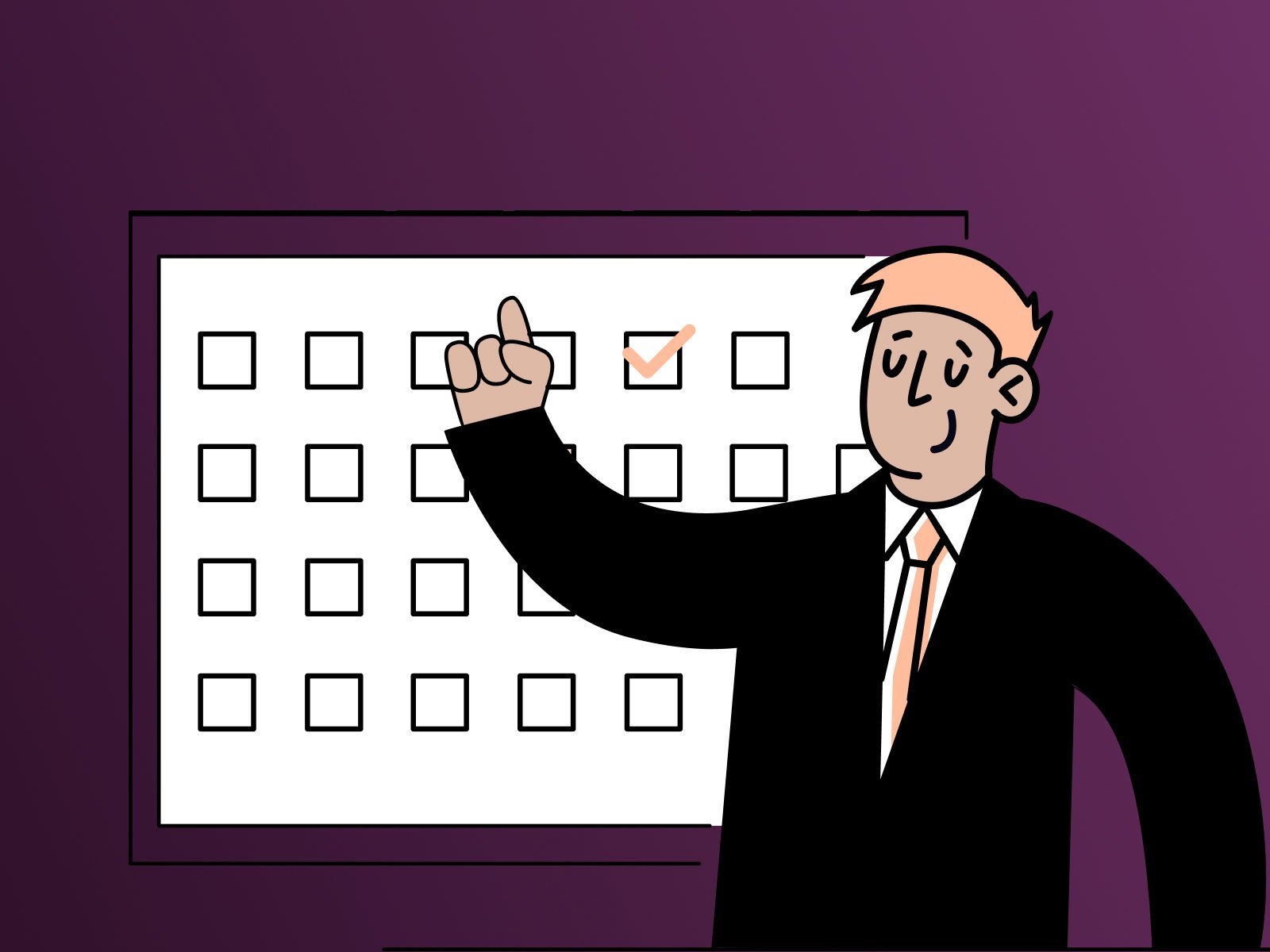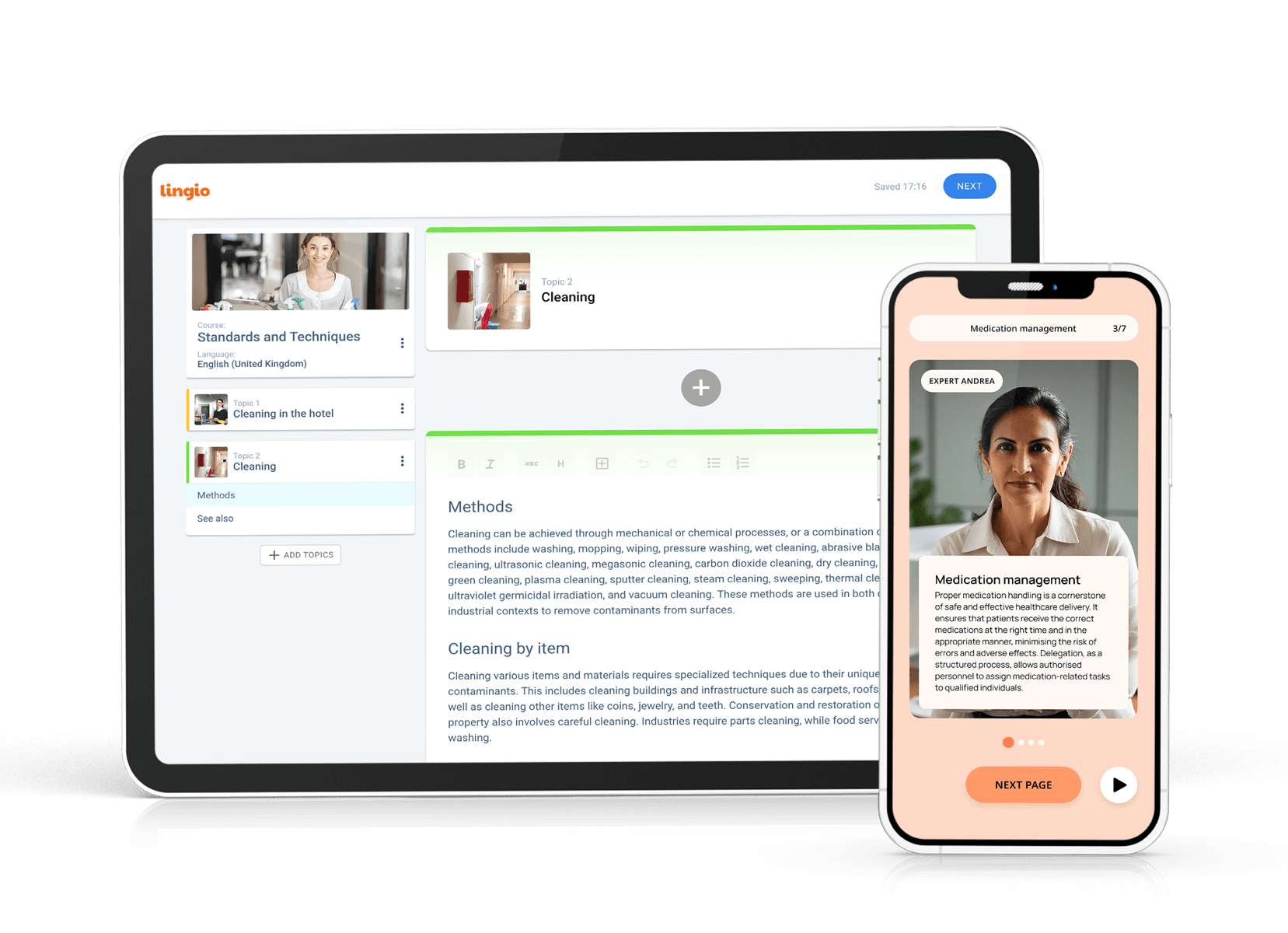Designing your coaching program
With your coaching needs and objectives at hand, you are now ready to clarify how to create an online coaching program and what format, materials, and tools to choose.
1. Choose coaching formats
Coaching is, by default, a personalised practice. Try to organise formats that fit your company culture and coaching objectives and are comfortable and practical for targeted employees. Be prepared to experiment and gather employee feedback.
There are four primary formats:
- The one-on-one coaching program: When a coach meets individually with an employee to achieve their personal development goals. Companies typically choose this type of coaching for leadership development programs to address unique managers' challenges and leverage personal strengths.
- Group coaching program: When a coach works with a team to achieve shared or complementary goals. A coach may observe a team in their usual work setting, offering suggestions for improvements either to the group as a whole, to individuals, or both.
- Peer-to-peer coaching: These programs imply employees coaching each other: sharing knowledge, skills, and experiences. You will match peer coaches as you do with one-on-one coaching. This format is good for building empathy, which comes from learning through relationships.
- Reverse coaching: A new approach where younger or less experienced employees coach more senior team members. Junior employees share their fresh perspectives and knowledge, particularly in technology, social media, and current trends. This coaching format helps build relationships across generations, encourages diversity, and leads to cultural change.
2. Select the right coaches
This is likely the most important step in how to develop a coaching program. Coaches directly influence the program's future success. A poor coach or mentor can do more harm than good. For example, demotivating an employee instead of inspiring them will lead to outcomes contrary to your coaching objectives.
Let's begin by discussing whether you need to select internal or external coaches.
Internal vs. external coaches
Internal coaches are typically company managers with coaching skills. Companies also sometimes hire a full-time professional coach as a member of the HR team.
Internal coaches have deep knowledge about the company, culture, employees, and their challenges, and can reinforce company values. However, they may be biassed because of past relationships with employees and be missing an outside perspective. Also, managers as internal coaches will require coaching training and your facilitation.
External coaches represent a coaching business and you hire them as contractors. Companies employ external coaches to introduce novel perspectives, and specialised knowledge with their own signature coaching program. They can provide sensitive feedback aimed at enhancing client performance. Though external coaching services are far more expensive and it may take some time before external coaches will learn your organisational specifics.

Based on HR.com's 2023 report, 92% of surveyed organisations hire external coaches for some coaching. The evidence shows that the investment is indeed worthwhile for most businesses.
The choice between internal and external coaches lies in your coaching objective and budget. If you are planning to launch a leadership development coaching program, you are likely to choose external coaches. This external viewpoint helps in identifying blind spots and areas for growth that might not be evident within the organisation's internal dynamics. While if you are focused on performance coaching, internal coaches might be more effective because they are familiar with internal processes and challenges.
Generally, some experts advise leveraging the benefits of both external and internal coaches. Internal coaches offer daily guidance to their reports, while external coaches specialise in enhancing managers' leadership abilities.
How to train your managers in coaching
- Provide them with courses to learn basic coaching concepts. Use existing coaching courses for leaders or create them in-house. Coaching courses typically cover topics such as goal setting, relationship building, handling conflict, stress management, overcoming limiting cognitive biases, feedback techniques, change management, and self-care. Make sure the content is full of real-world coaching examples with scenarios and questions.
- Create practice opportunities. Initiate role-playing exercises to train active listening and asking powerful questions.
- Have an expert to observe and provide feedback on how employees perform in real-life simulations and then in real coaching sessions.
- Create a peer support group with employees who are trained in coaching to discuss coaching challenges and solutions. Ideally, have a professional coach to moderate such meetings.
How to choose external coaching services
Given the significant cost and impact of external coaches, we advise allocating ample time for their selection process.
According to the HR.com 2023 report, coach experience is the most popular criterion for contracting external coaches. It may include evaluating their case studies on how their previous coaching clients succeed, industry knowledge, and years of experience.
The second widespread criterion is speciality. There are different coaches for career development, building leadership skills, and dealing with business issues. Filter external coaches based on your coaching program objective and focus.
The graph below showcases other most common criteria on which you can base your decision.

Once you shortlist your external coaches, it's time for a deeper evaluation of cultural fit. Interview coaches to understand their coaching philosophy and methods.
Think about running a pilot coaching session to observe a coach's interaction style and effectiveness in engaging and understanding your employees.
Consider the feedback from employees who will receive coaching.
3. Prepare coaching content
We recommend creating a coaching library for your coaching program where internal coaches and employees can get relevant templates, guides, and learning materials.
Review our non-exhaustive list of coaching program templates and guides you can add to your library.
1. Coaching plan template: The plan is about how to structure a coaching program for an individual. A coaching plan includes the coachee's goal, timelines, ways to measure progress, approximate areas of focus (to be refined during the coaching program), and strategies for overcoming potential challenges.
2. Coaching session template: The blueprint defines the coaching session structure. It isn't about rigid format, but about staying organised and reaching coaching objectives. The coaching session structure may be the following: small talk, reflection on the progress, session goal setting, coaching questions, setting actionable steps, and session summary. Refine the structure based on your company case.
3. Goal setting template: There are multiple goal-setting frameworks you can choose as your template: SMART, OKR, BHAGs, GROW, GIST, etc. Revisit your coaching objectives and select an appropriate framework. For example, OKRs for alignment and engagement across teams, or BHAGs for long-term visionary goals.
4. Feedback forms: These assist employees and coaches in providing clear, constructive, and actionable feedback. Such forms include open questions and scales that are then easier to analyse. You can prepare feedback templates for employees to share their opinions about the coaching program, general peer feedback, manager feedback about coaching, and employee job satisfaction surveys.
5. Self-assessment worksheet: Employee self-evaluation forms assist in reflecting on their performance, strengths, areas for improvement, and professional development goals. The document prepares an employee for a coaching session and facilitates meaningful conversations between employees and their coaches.
6. Group coaching program template: As with individual coaching, group coaching also benefits from structure. Consider including team goals, participants, session topics and activities, and timelines.
Additionally, be prepared to collaborate with coaches on providing relevant training materials for achieving an employee's goals during a coaching journey.
You can combine using your existing training materials and create new materials customised to your business.
4. Pick supporting coaching tools
Here are some of the tools you can start with.
Lingio for content creation
Use Lingio's AI course creation software to make the process of creating coaching content quick, smooth, and cost-effective.
Just submit your training material to the AI Course Creator. You don't need to learn how to create a coaching course. With just a few clicks, you can create and distribute an interactive online course tailored for your organisation. Such courses have quizzes and scenario-based exercises. Watch the video below to see how it works.
https://www.youtube.com/watch?v=DbPyYTyJsbw
Aside from developing courses, with Lingio, you can also track your employees' progress with coaching courses.

BetterUp as a coaching platform
BetterUp is a full-scale coaching platform with a network of coaches, content, and community. One of their products is Better Manage which creates structured development journeys for managers with the help of AI.
They have analytics to monitor how employee coaching impacts your business and integrations with leading enterprise systems across HCM, SSO, content, and video conferencing.

Grain for online coaching notes
Grain records and converts your meeting notes into text and provides a summary. The tool allows you to highlight and comment on particular statements. It smoothly integrates with all major video conferencing software and Slack, Productboard, Hubspot, Salesforce, and Zapier.

Grain for online coaching notes
Grain records and converts your meeting notes into text and provides a summary. The tool allows you to highlight and comment on particular statements. It smoothly
Poised for communication coaching software
Poised uses AI to train users' public speaking and coaching skills. The software analyses video and audio and gives real-time feedback. The platform keeps track of your growth, alerting you about ongoing speech patterns that need improvement and recognising your progress. Poised integrates with 800+ communication tools including Zoom, Google Meet, Slack, and Microsoft Teams.












